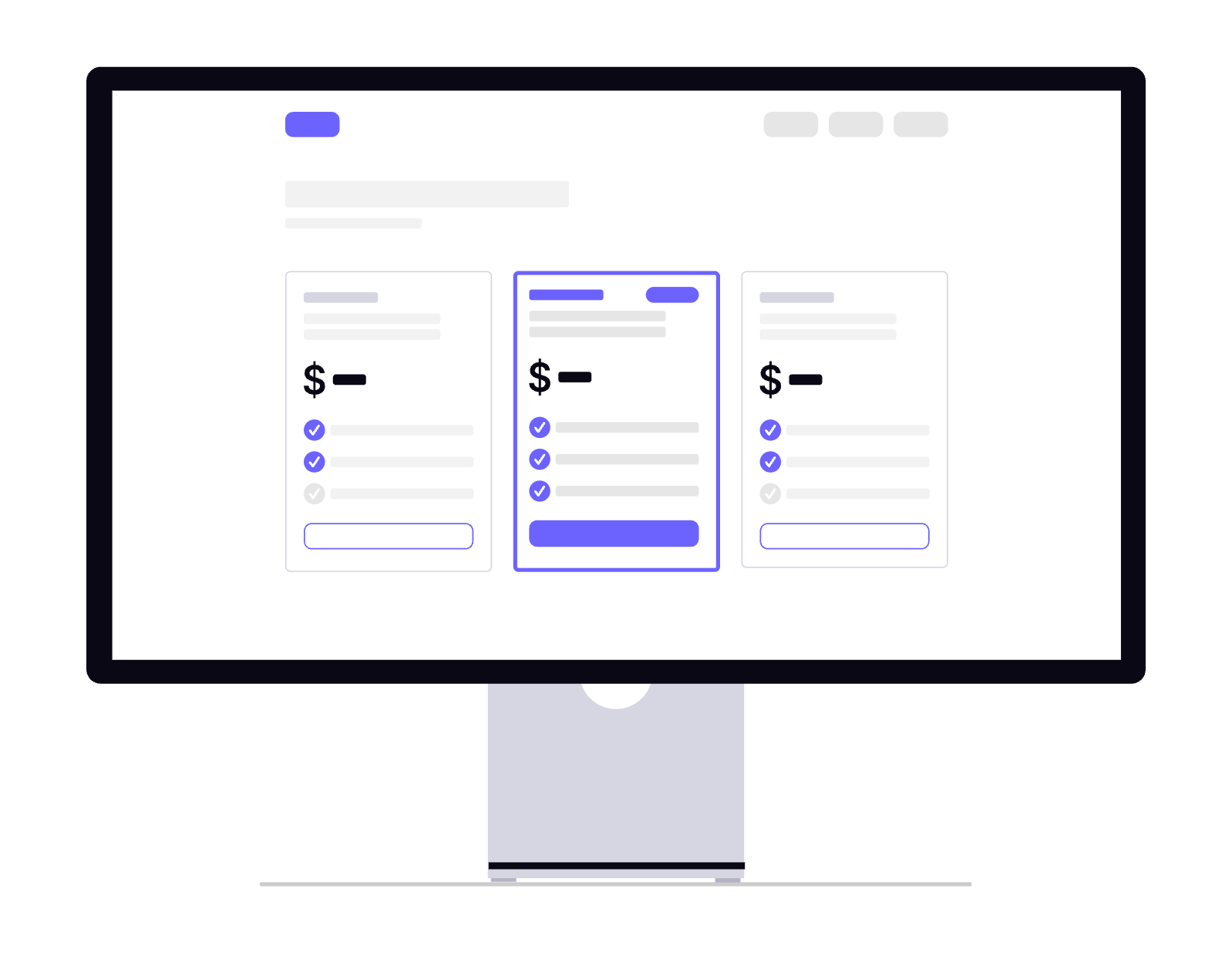Why Advanced Features Matter
By now, you can build a complete CRUD app in Frappe.
But real-world apps need:
- Integration with external systems
- Real-time updates without refreshing
- Automated approval workflows
- Event-driven actions
That’s where these advanced features come in.
1. Webhooks: Pushing Data to External Services
Webhooks let Frappe send data to another system automatically when something changes.
Example: Notify Slack when a task is completed
- Go to Desk → Webhook → New
- Document Type: ToDo Plus
- Webhook URL: Slack Incoming Webhook URL (e.g., https://hooks.slack.com/services/XXXX/YYYY/ZZZZ)
- Method: POST
- Condition: doc.status == “Completed”
- Fields to Send: title, due_date, status
Now, whenever a task is marked as Completed, Slack gets notified instantly.
2. Real-Time Updates with socket.io
Frappe has built-in WebSocket support using socket.io, so you can update UI instantly without a page reload.
Server-Side:
import frappe
def notify_task_update(task_id):
frappe.publish_realtime(
event="task_update",
message={"task_id": task_id, "status": "Updated"},
user=None # None = broadcast to all
)
Client-Side:
frappe.realtime.on("task_update", function(data) {
frappe.msgprint(`Task ${data.task_id} was updated`);
});3. Workflows for Approvals
Workflows let you define approval stages for a DocType.
Example: Task Approval Process
- Go to Desk → Workflow → New
- Workflow Name: Task Approval
- Document Type: ToDo Plus
- States:
- Draft (Employee) → Pending Approval
- Pending Approval (Manager) → Approved / Rejected
- Approved → Completed
- Actions:
- Submit → Move from Draft to Pending Approval
- Approve → Move from Pending Approval to Approved
- Reject → Move from Pending Approval to Draft
This forces structured approvals before tasks are marked as complete.
4. External API Integration
You can call any third-party API from Frappe using Python’s requests library.
Example: Sending WhatsApp Message via API
import frappe, requests
@frappe.whitelist()
def send_task_whatsapp(task_id, phone):
task = frappe.get_doc("ToDo Plus", task_id)
msg = f"Task: {task.title} is due on {task.due_date}"
response = requests.post("https://api.example.com/send", json={
"to": phone,
"message": msg
})
return response.json()5. Combining Features: Real-Time + API Integration
Imagine this:
- Task is marked as Overdue → Frappe sends a WhatsApp message via API → Frappe updates dashboard in real-time.
This is the kind of automation that makes Frappe apps stand out.
Best Practices for Advanced Features
- Always log webhook/API failures for debugging.
- Use background jobs for slow external calls.
- Keep API keys secure in site_config.json or environment variables.
- Avoid overusing real-time events — too many updates can overload the server.
Key Learnings from Part 7
- How to create webhooks for external services
- How to use socket.io for live updates
- How to set up workflows for approvals
- How to integrate with external APIs
- How to combine features for automation
What’s Next?
In Part 8, we’ll cover Deploying Frappe Apps:
- Production server setup
- Nginx & Supervisor configuration
- SSL setup
- Backup & restore strategy








